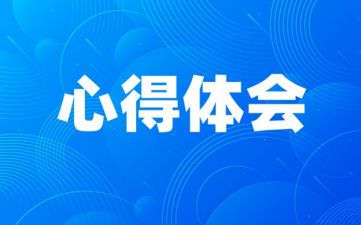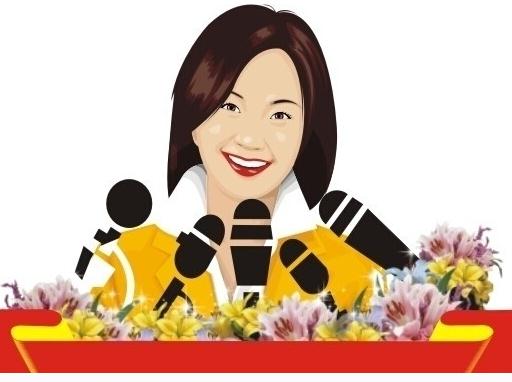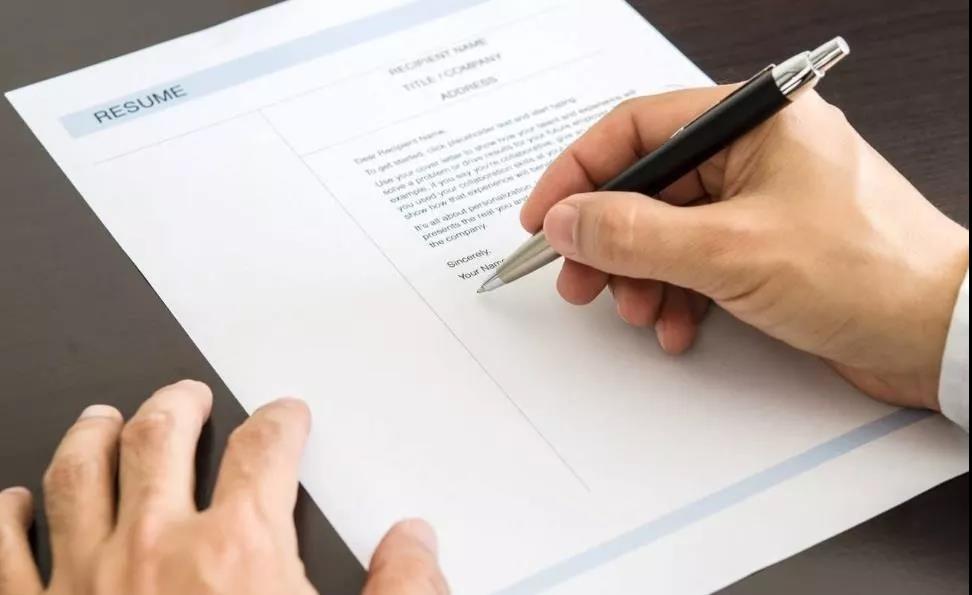[即兴之诗 生辉之作]即兴诗
时间:2019-02-12 03:23:34 来源:雅意学习网 本文已影响 人 
五月晴光照太清, 四郎岛②上话牛耕③。 樱花吐艳梨花素, 泉水喷云海水平④。 湾畔人鱼⑤疑入梦, 馆中雕塑浑如生。
北欧风物今观遍,
民情最美数丹京。
Touring Copenhagen
By Guo Moruo⑥, May 1959
Translated and annotated
by Zhang Gaoyuan(张高远译注),
verified by
Cay Dollerup(Cay Dollerup校对)
May sees the sun reflecting everything crystal under the heaven,
On the “Four-Son Island”⑦ we are telling about the “Plowing Oxen”⑧
Here the cherry trees are in full bloom, there the pear trees let out blossoms pure and white;
Spurting mists is the Fountain⑨, and motionless is the surface of the sea.
At the bay the little Mermaid⑩ sits brooding as if in a dreamland,
In the museums the statues so lifelike as if the heroes were reborn.
Now after all the Nordic countries I have toured,
Folkway nowhere else’s I’ve found so enthralling as in Copenhagen.
注释:
①此诗为郭沫若1959年5月访问丹麦首都哥本哈根时即兴之作,诗作原件保存于中国驻丹麦使馆。英译及其注释系译者张高远2005―2006年留学丹麦期间所为。
②“四郎岛”即“西兰岛”,是丹麦首都哥本哈根所在地,为丹麦最大岛屿。作者借英文名称“Sealand”和汉语“四郎”之间谐音相关,巧妙地联系有关该岛来历的美丽传说,使诗作更富有情趣。参见下面英文注释。
③盖菲昂喷泉位于哥本哈根市中心东北部。逐层而建的喷泉顶部是盖菲昂女神和四条套着犁的健牛的铜像。盖菲昂是北欧神话中的一位女神,相传古代瑞典有个叫戈尔弗(Gylfe)的国王,答应盖菲昂女神可以从瑞典国土上挖走一块土地,挖多少算多少。于是,盖菲昂女神将其四个儿子化为四条牛,用犁从瑞典国土上挖了一大块土地,并把它移到海上;从此,瑞典国土上留下一个维纳恩湖(Vanern),而挖出来的土地就是现在哥本哈根所在的西兰岛(Sj?lland/Sealand)。从地图上看,西兰岛的海岸线和维纳恩湖的形状确实十分相似。这就是传说中西兰岛的来历。神话中的盖菲昂女神终身未婚,但她却同大力神生下了四个儿子。
④人们根据上述神话铸造了盖菲昂喷泉。整个景观造型为:女神左手扶犁,右手执鞭,驾驭着四条健牛奋力耕犁,四条铜牛躬身抵角、拼力拉犁,形态各异、栩栩如生。铜牛的鼻孔泉水喷溅,凝成薄雾,犁后喷泉汹涌,形同垂瀑。台基周围随着道路的波度,用花岗石随波度延伸围成一泓水池,所有的泉水汇集池内。水池内两边各有一条铜铸巨蟒盘缠,左右两股喷泉直注铜牛。整个结构气势磅礴,景色蔚为壮观,每年吸引着成千上万的游客。郭诗“四郎岛上话牛耕”、“泉水喷云海水平”两句描写的就是盖菲昂喷泉。
⑤“人鱼”即“美人鱼”,是位于哥本哈根市中心东北部的长堤公园(Langelinie)的一座世界闻名的铜像。她坐在一块巨大的花岗石上:远望,这个人身鱼尾的美“人”恬静娴雅,悠闲自得;近观,却是一个神情忧郁、冥思苦想的少女。
⑥Guo Moruo (1892-1978), a well-known contemporary Chinese writer and scholar, who is better- known as a poet and historian. Among his best-known works are his poetry collection The Goddesses (1921) and his historical play Qu Yuan (1942) which is about the Chinese dissident poet of the 4th century B.C.Guoserved as a prominent government official from 1949 until his death. This poem was improvised in May 1959 when he visited Copenhagen.
⑦“Four-Men Island” refers to Sealand, the name of the island where Copenhagen is located. In accordance with the euphony or near-homophony between “Sealand” and “si lang/四郎”, the author creatively transliterated “Sealand” into “si lang dao”, whose literate meaning is “the Island of Four Men / Sons”, which in turn alludes to the beautiful tale of the origin of Sealand, i.e., Gefion the goddess had four sons, whom she turned into four plowing oxen for the creation of Sealand. Etymologically, however, Sealand means “the (is)land of the seals”, which has nothing to do with the legend. For the sake of faithfulness, I render “si lang dao” literately into “Four-Men Island”, rather than adopt the established place name “Sealand”.
本文为全文原貌 未安装PDF浏览器用户请先下载安装 原版全文 ⑧Gefion is a goddess in Nordic mythology. A legend goes that in ancient Sweden a king named Gylfe had promised Gefion that she was allowed to plow as large a piece of land out of Sweden as she could within the limit of 24 hours. When she asked for oxen, the king refused to lend her any. Therefore, the goddess turned her four sons into four muscular oxen carrying a powerful iron plow, and indeed she removed a large piece of land away from the kingdom of Sweden, loading it onto the entrance of the Baltic Sea. Where the removed land had originally been, a lake named Vaenern came into being as a result, while the removed land has come to be the island Sealand, where Copenhagen is now located. Studied from the map, the coastline of Sealand looks surprisingly like the shape of Lake Vaenern. Thus goes the legend about the origin of Sealand. Unmarried as she was all her life, Gefion the goddess, whose lover was the God of Strength, nevertheless gave birth to four sons.
⑨“Fountain” here refers to Gefion Fountain. Just in accordance with the above legend, a fountain has been built on a terraced hill in the northeast of downtown Copenhagen. Above the fountain, the goddess supports the plow with her right hand, while goading with her left hand the four vigorous oxen, which are working with all their might. The four oxen in bronze, with their heads lowered, are trying to telescope their bodies to carry the plow along, each looking different in postures, yet all lifelike. The fountain sprays onto the muzzles of the oxen, creating misty clouds, while behind the plow and the goddess, the fountain gushes out like a cascade.
⑩“Mermaid” here refers to the world-famous bronze figure ultimately cast after The Little Mermaid, a well-known fairy tale by Hans Christian Andersen. Sitting on a huge piece of granite, this beauty, with a young female body and a tail of fish,looks serenely elegant from afar but broodily sad at a close distance. Situated at the shore close to a pier named Langelinie in the northeast of the downtown capital, it is looked upon as the symbol of Copenhagen. Thus,a popular saying goes: He is not a tourist of Copenhagen who has not seen the Mermaid.
本文为全文原貌 未安装PDF浏览器用户请先下载安装 原版全文










